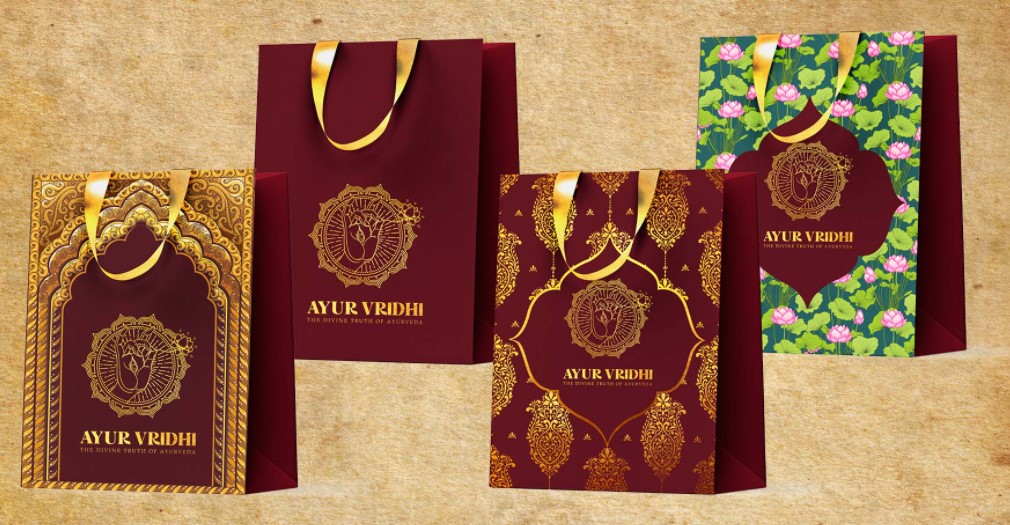A good sketch is better than a long textual or verbal description. Well, this saying epitomizes the ideation of the brand’s visual identity in the mainstream. Over the years, the brands have emphasized the picturesque characterization of the brand to communicate and make an emotional alliance with the audiences. Visual graphic design creates the face of the brand and accordingly curates the propositions of the business for the stakeholders. It makes the brand unique and easily recognizable; also, visual identity is the biggest differentiator and makes the brand stand unparalleled and special in the crowd. Let’s comprehend all the crucial aspects of the visual identity:

Elements of Visual Identity in Graphic Design
- Graphics: Graphics constitute all the pictorial assets that are created using simple shapes and forms to give a meaningful layout of the brand’s essence. These graphics designs differentiate the brand from others and illustrate the unique identity. The company’s graphics include logos, icons, animations, specific illustrations, or any associated visual assets. Among all, the logo is contemplated as the most popular form of graphics.
- Topography: The topography of the brand includes the assorted shape and styles of the text that are used in branding. Besides words and images, the impressive variation of the scale, arrangement of the texts, and fonts can greatly impact the inclusive visual identity graphic design. In general, the brands go with a combination of fonts, including the logo’s wordmark, body, and headline font. However, these are just simple assimilation to make the brand’s visual identity appealing.
- Colour Palette: Colour has a long history of evoking emotions and greatly influences the psyche of an individual depending on the tastes. In the corporate realm, the brands use a blend of distinct colours of specific shades, hues, and tints to stimulate the emotional response from the intended audience. Notably, the creation of the logo starts with an influential colour palette. The most consumed formation comprises:
- Primary colour for the core complexion of the brand.
- Secondary colour is used for the background.
- An accent colour to provide a stark contrast to the accelerating call-to-action switch.
- Imagery: The imagery includes assortments of video and photography content that are used to associate with your brand identity, logos, colours, instructions, and messaging. It can be any sort of pictures or videos of derivatives, workspace, professional team, and various other relevant things connected with the business. Imagery is a resourceful way to entice the target audience and encourage them to make productive alliances with the brand. It reflects the brand’s character in a sensible way.
- Innovative Physical Assets: The materialistic assets of the brand play a valuable role in the development. These assets include posters, flyers, billboards that endorse the brand values to the stakeholders and contribute immensely to the business’s success. The physical assets help in maintaining brand consistency and attract the audience to connect with brands through various channels.
Brand Identity vs Visual Identity
In the world of branding, few terms overlap and create substantial confusion. In the context of branding identity and visual identity, we confront the same confusion. So, let’s delve deep into the matter and clear the uneven confusion between the two most dominated terms:
Firstly, visual identity is an exclusive assertion that primarily encompasses a distinct set of directions that creates a roadmap to ally with the audience through visual presentation of the brand. Thus, it principally communicates with external stakeholders, i.e. audience. The elements of visual identity include logo, imagery, typography, colour palette, and more.
On the contrary, brand identity is an inclusive impression of the brand that includes aspects extending from visual to non-visual components. It includes all visual elements along with voice, guides, business values, instructions, and accomplishments.
Aspects to Keep in Mind While Creating Robust Visual Identity
- Know Your Audience: The fundamental task is to do comprehensive research and discover the right audience for your products or services. Its target audience can be distinctive in various aspects such as gender, age, lifestyle, personality, culture, values, income level, and more. So, one cannot put all fruits in a basket and sell them into the market. Similarly, first of all, know your audience and approach your visual identity prospects accordingly.
- Portray your Brand Identity Through Story: Creating a brand identity is an inclusive way to accomplish the business objective. Consequently, define your brand identity in visual aspects laminated with a compelling story, which make your brand easily recognizable in the mainstream. Every brand has a story, so pitching it with visualization is a great way to grab the audience’s attention. The story acts as the emotional link between the target audience and the brand. Notably, emotion has the biggest influence on the market.
- Consider Market, Demographics, and Competitors: While creating a brand’s visual identity, external forces such as market conditions, rivals, and demographics should be addressed properly. They form the cornerstone of the branding strategy and future opportunities. As we all know, a brand’s visual identity conveys originality and creates a unique personality different from the crowd. Therefore, it is essential to indulge in the detailed expedition of market segments and associated rivals.
- Communicate Your Brand Essence With Simplicity: Communication is the key to success, and it suits more in the corporate world. Your brand’s visual identity should inclusively communicate the objectives, value, and unified business message to the intended audience. Visual representation is resourceful to communicate truly with the masses. In addition, the visual presentation should be streamlined and free from conflicting ideas. It should be simple and crystal clear.
A New Journey With Fresh Look
The market has flourished with thousands of brands; however, we connect only with a few brands. Every business has some unique characteristics and a special story to share with the audience, and the best way to do so is through visual identity graphics design. It is the most crucial element that acts as a firm foundation for the success of the brand. So, share your brand story with your target audience with the help of VOWELS, The Branding Agency. We are a team of professionals with substantial experience in creating an impactful visual identity helping brands connect with audiences. Contact us at your convenience, and we will help your brand with a face of success.
Read More – 8 Types of Graphic Design – Everyone Should Know






